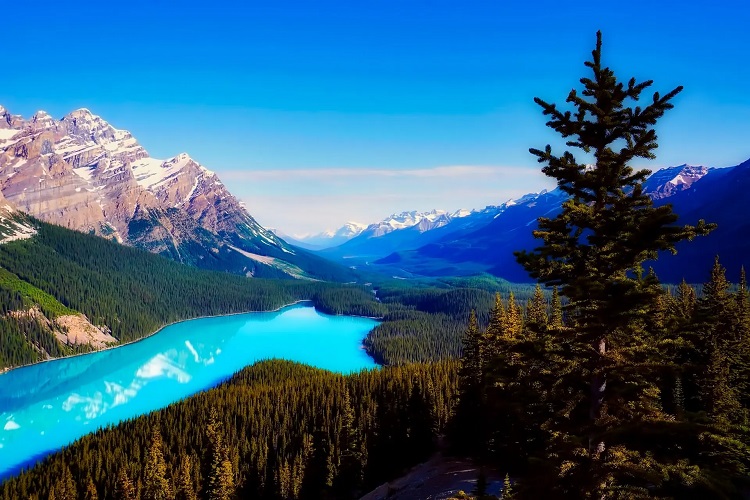
There are many lakes in the world, but the colored lakes show that nature may still surprise us in the loveliest ways.
As a magnificent gift from nature, colors inspire us to make decisions about what to wear, what to eat, and how we feel. In actuality, color is all around us, and mother nature isn't afraid to brighten up our world. Our Earth is truly unique because of all the amazing features it has given us, like mountains, valleys, rivers, lakes, pools, oceans, etc.
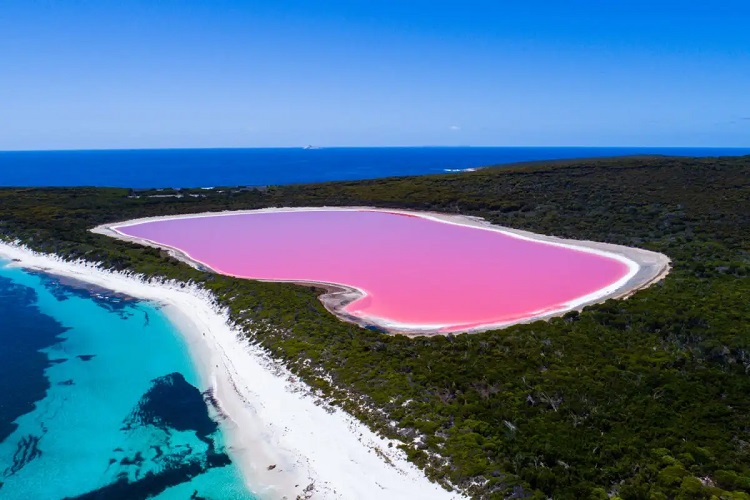
Lake Hillier | Photo file: newscientist.com
Off the coast of the Pacific Ocean, in Western Australia, Lake Hillier is situated. Lake Hillier, which has a length of around 600 meters, was found for the first time by Matthew Flinders in 1802. The excessive saline content in the water and the presence of the bacteria Dunaliella Salina are thought to be the causes of the lake's lovely pink reflection. The main activity that gave rise to the Dead Sea up to the early 20th century was salt mining.
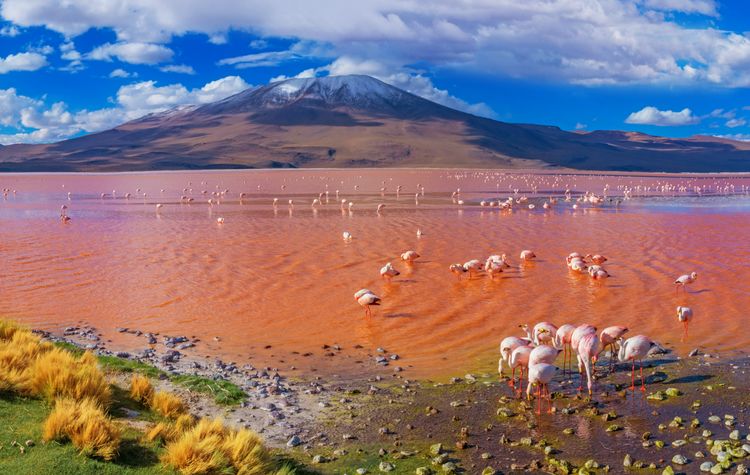
Laguna Colorada | Photo file: kuodatravel.com
Laguna Colorada, sometimes called Red Lagoon, is a magnificent red lake that gets its color from the red sediments and algae that are present in it. This lake, which flows at a height of around 14,000 feet, has borax islands and white pools that are exquisitely decorated with orange-red tones. Additionally, this salt lake is a popular tourist destination and is easily reachable from anywhere in Bolivia. Additionally, the endangered and rarest Andean Flamingos can be seen in Laguna Colorada.
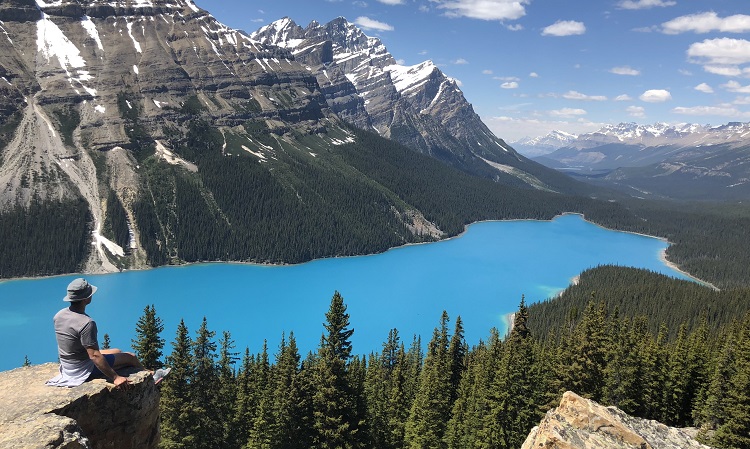
Peyto Lake | Photo file: wikipedia.org
One of the top attractions of Canada's first National Park is Peyto Lake, which is situated in Banff National Park. It is one of Canada's most stunning lakes and is commonly referred to as Bluest Glacier Lake. The Peyto Lake, which bears Bill Peyto's name, is a 270-foot-deep body of crystal-clear, freezing water. Visitors can enjoy a beautiful view of the lake when it is bathed in the sun's descending rays. Peyto Lake is one of the best places to visit in Alberta and is also conveniently accessible. Here, visitors may take in the Banff legacy.
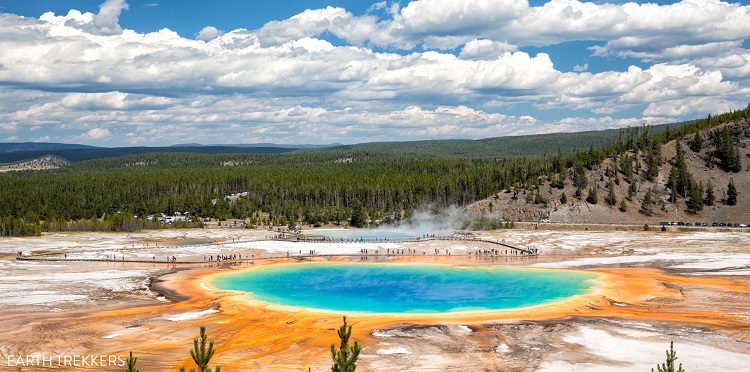
Grand Prismatic Spring | Photo file: earthtrekkers.com
The Grand Prismatic Spring, which is found in Yellowstone National Park, is the third-biggest hot spring in the world and the largest in the United States. It is located in the Midway Geyser Basin and was given the name by geologists in the Hayden Geological Survey of 1871 because of its gorgeous hue. It's interesting that the rainbow's colors, red, orange, yellow, green, and blue are the same ones that appear when white light is dispersed through an optical prism. The first records of the beautiful colored lake were from early European explorers and surveyors. The Grand Prismatic Spring has a 370-foot circumference and is 160 feet deep. It discharges approximately 560 gallons of 160-degree water per minute.
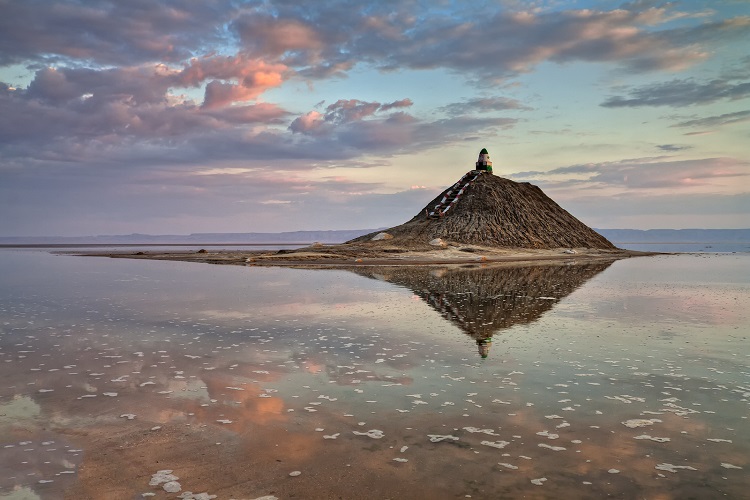
Chott el Djerid | Photo file: carthagemagazine.com
The largest endorheic salt lake in southern Tunisia is CHOTT EL DJERID, or "Lagoon of the Land of Palms" in English. This colored lake is shaped like a wolf and measures 250 kilometers in length. It is entirely covered in salt. It is important to note that despite the high dry climate and little rainfall, tourists can still enjoy the pink and green tinted water that crystallizes off like salt. Additionally, this lake in the sun is a haven for geologists and an intriguing tourist site.
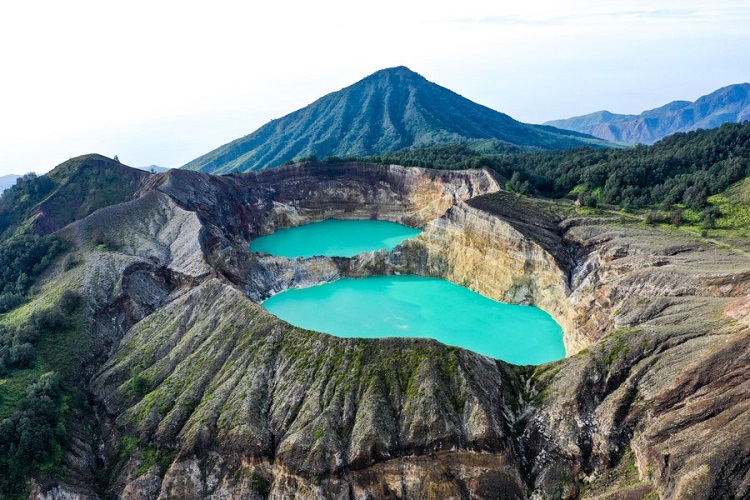
Kelimutu Lake | Photo file: theworldtravelguy.com
The tricolored Kelimutu lake, located at the 1690m summit of the craters, is one of Indonesia's most well-known tourist destinations. This colored lake meaning ‘ the boiling lake’ shares the same name, “Kelimutu” as in Mt. Kelimutu National Par. The three lakes share three distinct colors, and those colors change constantly even though they are on the same volcanic mountain. Interestingly, color variation is unpredictable. Tiwu Ata Mbupu (Lake of Old People), Kelimutu's westernmost lake, is typically blue, according to Indonesia Travel. The underwater fumaroles are likely what gives the lakes their color. Of course, tourists may hike around the lake and take in the wildlife.
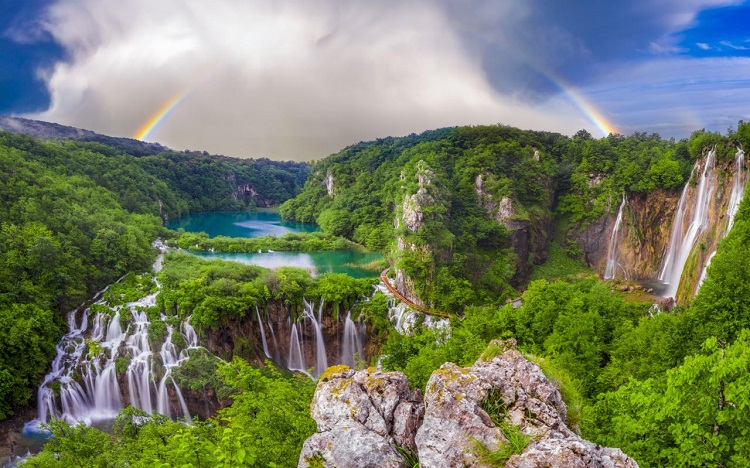
Plitvice Lake | Photo file: chasingthedonkey.com
The Plitvice Lakes, a group of sixteen lakes close to the border with Bosnia and Herzegovina, are among the most popular tourist destinations in Croatia. These lovely colored lakes are well-known for their distinctive shades of gray, azure, green, and blue. The most fascinating fact about these lakes is that they continually change color due to the presence of different minerals, sediments, and creatures in each body.
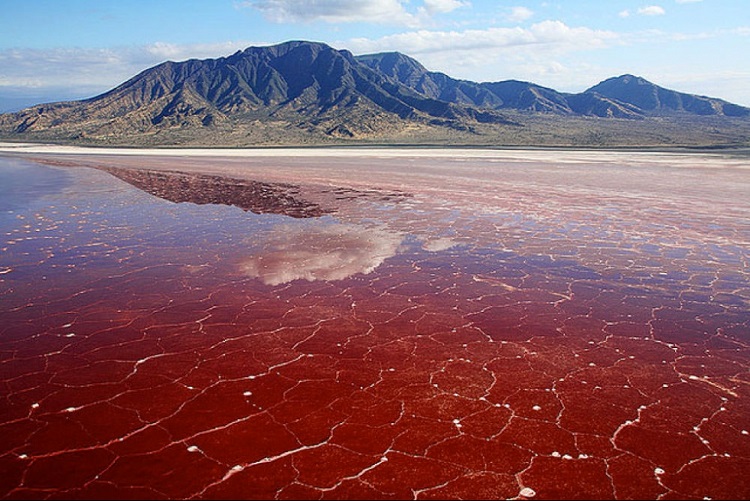
Lake Natron | Photo file: pandotrip.com
Tanzania's Lake Natron is a stunning crimson lake that is also dangerous. It is located in northern Tanzania, a little more than 100 kilometers to the northwest of Arusha. The lake's length from north to south is 56 km, while its width is 24 km. A little piece of the colored lake, specifically its northern tip, is located in southern Kenya across the border. In the summer, the lake's temperature can reach 60 °C, or 140 °F. Cyanobacteria are present in great amounts in Lake Natron's water. The majority of the species that have fed these algae suffer cell, brain system, and liver damage as a result of the chemical it releases into the environment. As a result, many of the birds and animals that drink from Lake Natron die soon. The animals, birds, and bats that perish in the water become mummified versions of themselves after being calcified.
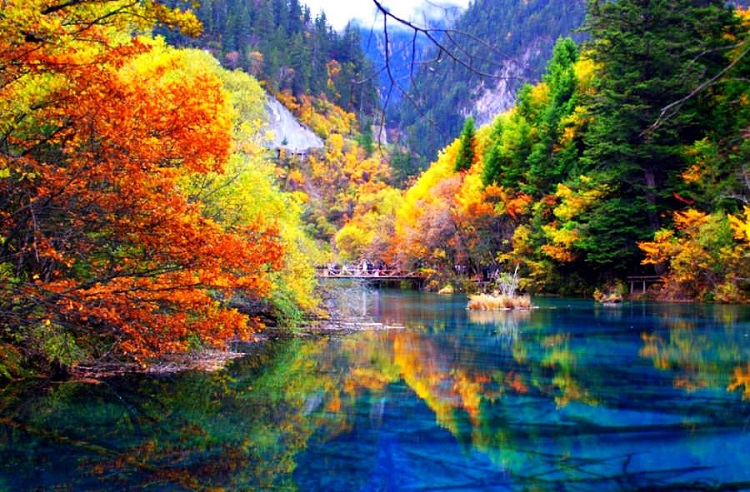
Five Flower Lake | Photo file: orangesmile.com
Numerous lakes with colors blue, green, and turquoise can be found in China's Jiuzhaigou Valley. But Jiuzhaigou's Five Flower Lake is really awe-inspiring. These bodies of water are referred to by the locals as "Haizi," which is Chinese for "son of the sea." However, the primary cause of the formation of these numerous, colored lakes was glacial action, and today, several waterfalls drain into these clean waters. Visitors frequently can see the lakes' bottom due to the lakes' gorgeously colored water, which is also renowned for being incredibly vivid.
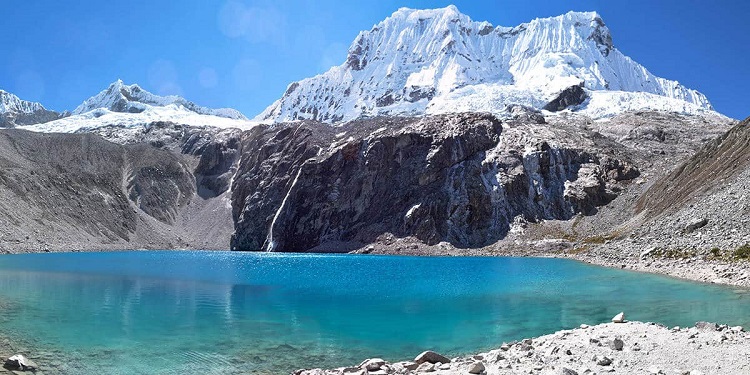
Laguna 69 | Photo file: peruhop.com
Laguna 69, often known as Lake 69, is located in the Cordillera Blancas at the bottom of the delightfully named Pisco Peak glacier. The altitude of the lagoon is an incredible 4500m (14,764 ft) but it is absolutely worth the hike to reach this amazing view. The minerals in the water give the water its stunningly vivid turquoise color. Beautiful mountain views, little waterfalls, creeks, and wandering animals may all be seen all around it.
The colored lakes all across the world appear too lovely to be true. The majority of people mistakenly believe that water is blue because the oceans that surround us are blue, but this isn’t true. Since water is essentially clear, the color we perceive in lakes, oceans, and other bodies of water is actually the result of light being refracted by different water particles.